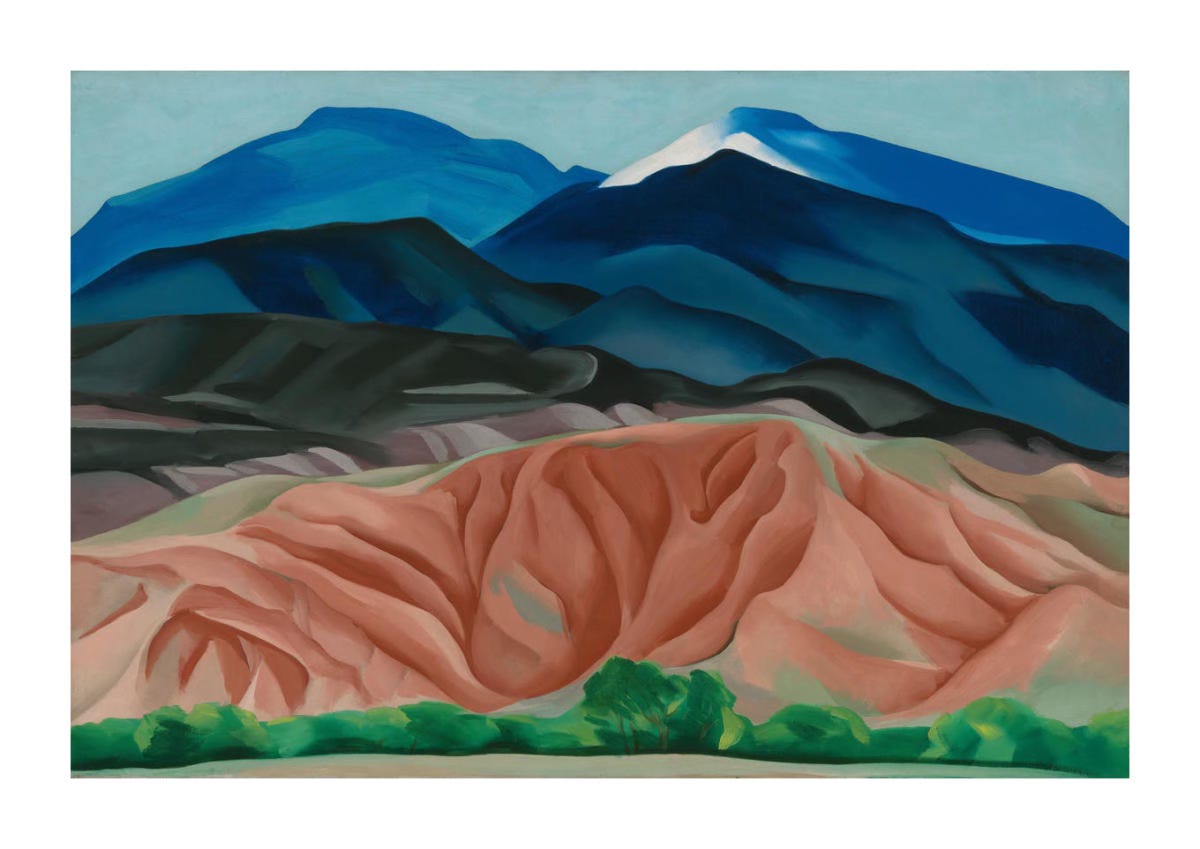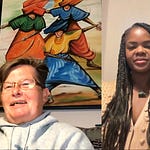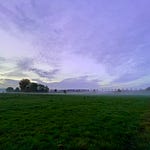
NaPoWriMo Day 27
And now for today’s optional prompt. W.H. Auden’s “Musée des Beaux Arts” takes its inspiration from a very particular painting: Breughel’s “Landscape with the Fall of Icarus.” Today we’d like to challenge you to write your own poem that describes a detail in a painting, and that begins, like Auden’s poem, with a grand, declarative statement.”
The Mesa Never Promised Mercy
(after Georgia O'Keeffe’s Black Mesa Landscape)
The Mesa was never a place of shelter.
It rose—raw, unwound, unbending—
a bone thrust through the skin of the earth,
a memory too old for apology.
In O’Keeffe’s Black Mesa,
you can see it —
not the wind, but the wound the wind leaves behind.
Not the sun, but the silence it burns into stone.
There is no softness in this horizon,
only a dark shoulder shrugging off centuries,
only a patience so vast it wears down mountains
without lifting a hand.
We walk across it, pretending ownership—
pretending the paths we carve with roads and laws and borderlines
mean anything
to the dust that swallows us at dusk.
The Mesa watches, unconcerned.
It watched empires fall.
It watched names and flags
turn to sediment.
It will watch us too—
our hierarchies, our exploitations,
our trembling, our rage—
until we are nothing more
than another thin line in the sediment,
another story the canyon walls
have no reason to remember.
Inspired by Georgia O’Keeffe. Black Mesa Landscape, New Mexico / Out Back of Marie's II, 1930. and my very own Canyon Model.
In my Canyon Model, I imagine the human self as a vast canyon, shaped by time, experience, and unseen forces. Every wall, every side canyon, every hidden fault line represents parts of our identity, our memories, our wounds, and our strength. But towering over all of it is the Mesa — the societal structures we are born into without choosing: culture, politics, economics, belief systems. The Mesa isn’t neutral; it defines the climate of our lives, sometimes offering stability, but often controlling, eroding, and exploiting the energy we need just to survive. To understand the canyon fully, I had to look up and see the Mesa too — to see how deeply its shape pressed into my own.
Wild Lion*esses Pride is a space for honest reflections and conversations that matter. Reflections on trauma healing, authenticity, and personal growth—grounded in mindfulness and self-compassion. If you connect with biographical essays that explore the complexity of identity and the journey toward wholeness, this space is for you. and would like to show your support, please consider becoming a valued patron for only $5 a month. Or a “Buy me a coffee” tip would be very generous. Thank you! 💚
















Share this post